Harvesting Zucchini at Home can feel like a race against time! One day it’s a cute little blossom, and the next, it’s a potential baseball bat. Have you ever found yourself overwhelmed by a monstrous zucchini, wondering what on earth to do with it all? I know I have! It’s a common gardener’s dilemma, and that’s why I’m so excited to share some simple, effective DIY tricks to help you master the art of zucchini harvesting.
Zucchini, a member of the squash family, has a fascinating history. Originating in the Americas, it wasn’t until Italian immigrants brought it to Europe that the zucchini we know and love today truly flourished. For generations, gardeners have relied on clever techniques to maximize their zucchini harvests and minimize waste. These aren’t just gardening tips; they’re time-tested traditions passed down through families.
But why is knowing how to properly harvest zucchini so important? Well, besides avoiding the aforementioned baseball bat scenario, timely harvesting zucchini at home encourages continuous production. When you pick zucchini at the right size, the plant focuses its energy on producing more delicious fruits. Plus, smaller zucchini are often more tender and flavorful. In this article, I’ll walk you through my favorite DIY hacks for knowing exactly when to pick your zucchini, how to do it without damaging the plant, and even some creative ways to use your bountiful harvest. Get ready to become a zucchini-harvesting pro!
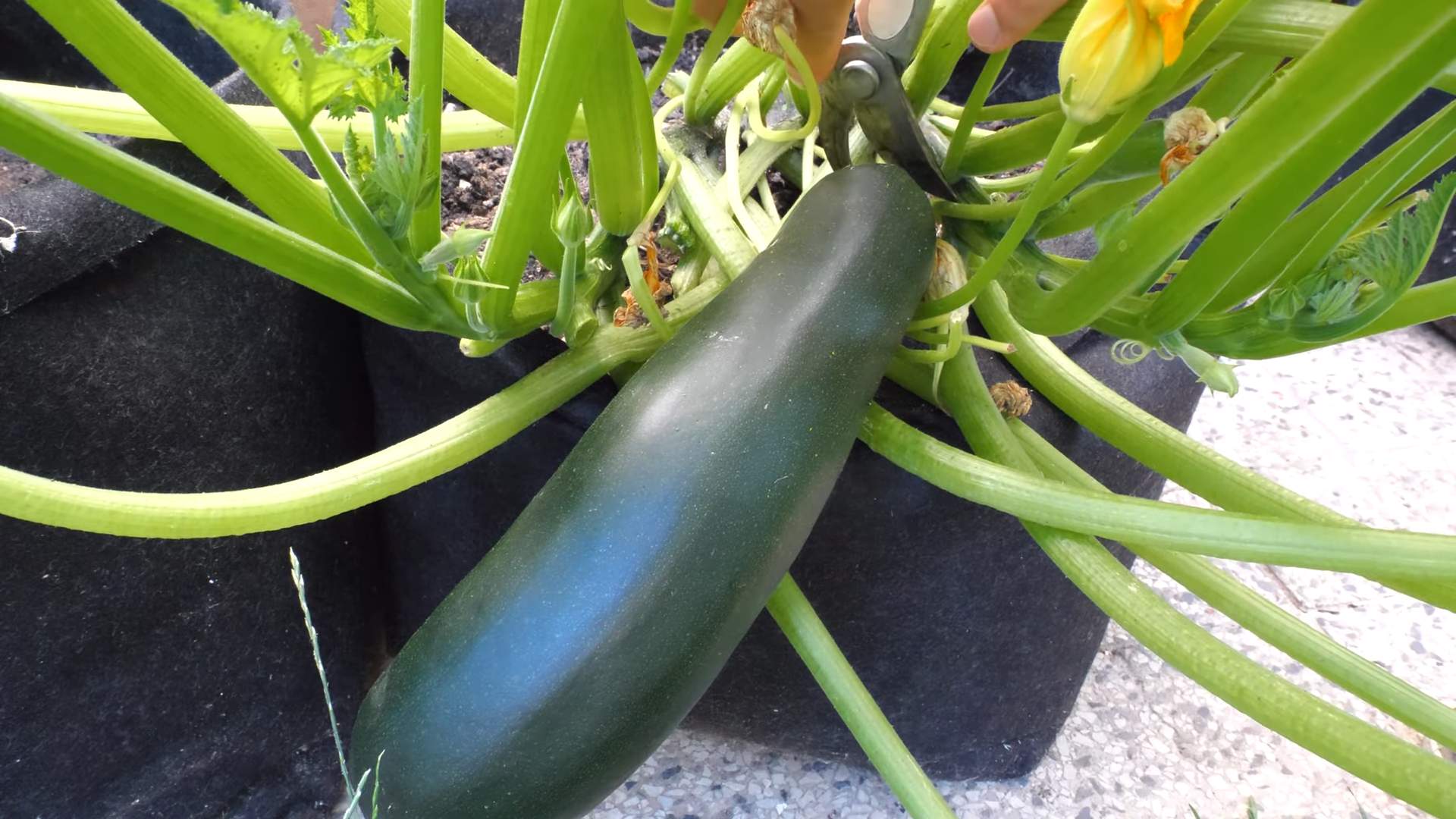
Harvesting Zucchini Like a Pro: A DIY Guide
Okay, zucchini lovers, let’s talk about harvesting! There’s nothing quite like a fresh, homegrown zucchini, but knowing when and how to pick them is key to getting the best flavor and keeping your plants producing. I’ve learned a few tricks over the years, and I’m excited to share them with you. This guide will walk you through everything you need to know to harvest zucchini like a seasoned gardener.
What You’ll Need
Before we dive in, let’s gather our supplies. This is a pretty simple process, so you won’t need much:
* A sharp knife or pruning shears: A dull blade can damage the plant, so make sure it’s nice and sharp.
* Gloves (optional): Zucchini plants can sometimes have prickly stems, so gloves can protect your hands.
* A basket or bag: To carry your bounty!
* A measuring tape (optional): If you’re aiming for a specific size.
When to Harvest: Size Matters!
The biggest mistake I see people make is letting their zucchini get too big. Giant zucchini might seem impressive, but they’re often watery, seedy, and less flavorful. Here’s the general rule of thumb:
* Ideal size: Aim for zucchini that are 6-8 inches long. This is when they’re at their peak flavor and tenderness.
* Don’t wait too long: Once they get much bigger than 8 inches, they start to lose their quality.
* Check frequently: Zucchini grow incredibly fast, especially during warm weather. I recommend checking your plants every day or two.
How to Harvest: The Step-by-Step Guide
Alright, let’s get down to the nitty-gritty. Here’s how to harvest your zucchini:
1. Identify a ripe zucchini: Look for zucchini that are 6-8 inches long, firm to the touch, and have a deep green color. Avoid any that are yellowing or have soft spots.
2. Locate the stem: Find the stem that connects the zucchini to the main plant.
3. Make the cut: Using your sharp knife or pruning shears, cut the stem about 2 inches from the zucchini. Be careful not to damage the main plant. A clean, angled cut is best.
4. Gently remove the zucchini: Carefully detach the zucchini from the plant. Avoid pulling or yanking, as this can damage the plant and other developing zucchini.
5. Inspect the plant: After harvesting, take a quick look at the rest of the plant. Remove any yellowing leaves or damaged fruit. This will help the plant focus its energy on producing more zucchini.
Dealing with Overgrown Zucchini (It Happens!)
Okay, so maybe you missed a few days and now you have a zucchini the size of a small child. Don’t panic! It happens to the best of us. Here’s what you can do:
1. Harvest it anyway: Even if it’s overgrown, harvest it to prevent it from sapping energy from the plant.
2. Assess the quality: Cut it open and take a look. If the flesh is still firm and the seeds are small, you can still use it.
3. Remove the seeds: Overgrown zucchini tend to have large, tough seeds. Scoop them out before cooking.
4. Use it creatively: Overgrown zucchini are great for shredding and using in zucchini bread, muffins, or fritters. The extra moisture actually works well in these recipes. You can also use them to make zucchini boats or stuff them with your favorite fillings.
5. Compost the rest: If the zucchini is too far gone, compost it. It’s still a valuable resource for your garden.
Encouraging Continued Production
Harvesting zucchini regularly is key to keeping your plants producing. Here are a few tips to encourage continued growth:
* Water consistently: Zucchini plants need plenty of water, especially during hot weather. Water deeply at the base of the plant, avoiding wetting the leaves.
* Fertilize regularly: Feed your zucchini plants with a balanced fertilizer every few weeks. This will provide them with the nutrients they need to produce lots of fruit.
* Remove old leaves: As the plant grows, remove any yellowing or damaged leaves. This will improve air circulation and prevent disease.
* Watch for pests: Keep an eye out for common zucchini pests like squash bugs and squash vine borers. Take action quickly if you see any signs of infestation.
Storing Your Harvest
Now that you’ve harvested your zucchini, it’s time to store it properly. Here are a few tips:
* Don’t wash them: Avoid washing zucchini before storing them, as this can promote rot.
* Store in the refrigerator: Place zucchini in a plastic bag in the refrigerator. They should last for about a week.
* Don’t store with ethylene-producing fruits: Keep zucchini away from fruits like apples and bananas, which produce ethylene gas that can cause them to ripen and spoil faster.
* Freeze for longer storage: If you have more zucchini than you can use in a week, consider freezing it. Shredded zucchini freezes well and can be used in baked goods. You can also blanch and freeze zucchini slices or cubes.
Troubleshooting Common Problems
Sometimes, things don’t go exactly as planned. Here are a few common problems you might encounter when harvesting zucchini, and how to solve them:
* Zucchini are rotting on the vine: This could be caused by blossom end rot, which is a calcium deficiency. Make sure your soil has enough calcium, and water consistently.
* Zucchini are not growing: This could be due to a lack of pollination. Hand-pollinate the flowers by transferring pollen from the male flowers to the female flowers.
* Zucchini are misshapen: This could be caused by inconsistent watering or nutrient deficiencies. Make sure you’re watering and fertilizing regularly.
* Pests are attacking my zucchini: Identify the pest and take appropriate action. There are many organic and chemical pest control options available.
Creative Ways to Use Your Zucchini Harvest
Okay, you’ve got a mountain of zucchini. Now what? Here are a few of my favorite ways to use them:
* Zucchini bread: A classic for a reason!
* Zucchini muffins: A great way to sneak veggies into breakfast.
* Zucchini fritters: Crispy and delicious!
* Zucchini noodles (zoodles): A healthy alternative to pasta.
* Grilled zucchini: Simple and flavorful.
* Stuffed zucchini: A hearty and satisfying meal.
* Zucchini soup: Creamy and comforting.
* Zucchini relish: A tangy condiment.
* Zucchini pickles: A unique and flavorful treat.
* Give them away: Share your bounty with friends, neighbors, and family!
Enjoying the Fruits (or Vegetables!) of Your Labor
Harvesting zucchini is a rewarding experience. There’s nothing quite like enjoying fresh, homegrown produce that you’ve nurtured yourself. With a little knowledge and effort, you can have a bountiful zucchini harvest all season long. Happy gardening!
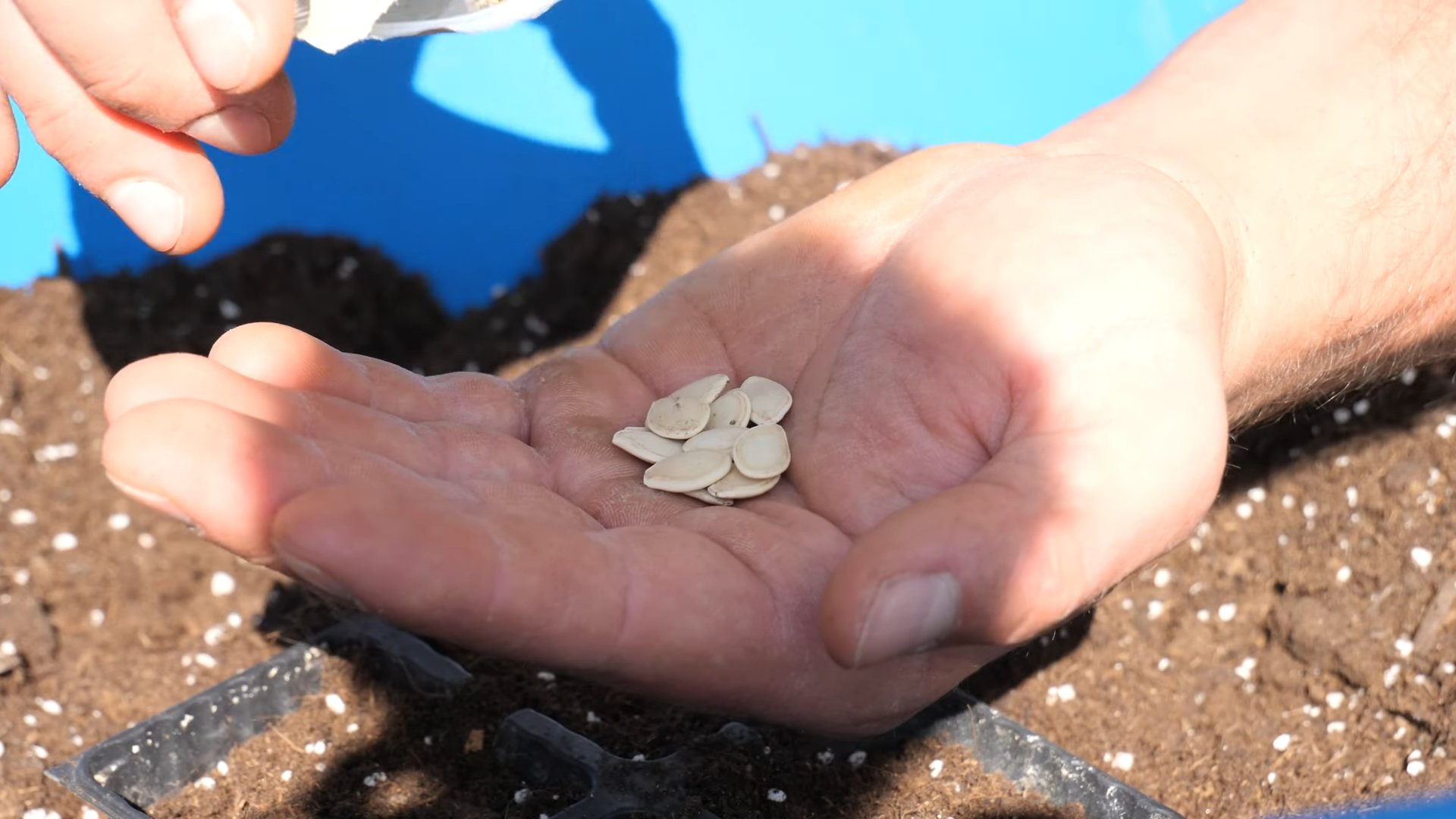
Conclusion
So, there you have it! Harvesting zucchini at home doesn’t have to be a guessing game. It’s a simple, rewarding process that puts you in control of the flavor and texture of your summer squash. By following these guidelines, you’ll be enjoying tender, delicious zucchini in all your favorite recipes.
Why is this DIY approach a must-try? Because store-bought zucchini simply can’t compare to the freshness and quality you get from your own garden. You’ll avoid the oversized, seedy behemoths that often sit on supermarket shelves and instead harvest perfectly sized, flavorful zucchini at their peak. Plus, there’s a certain satisfaction that comes from nurturing a plant from seed to table. It’s a connection to nature and your food that’s hard to replicate.
But don’t stop there! Experiment with different harvesting techniques. For example, if you’re planning to grate zucchini for zucchini bread or fritters, you might prefer to let it grow a little larger, as the larger zucchini have more flesh. Conversely, if you’re planning to grill or saut茅 your zucchini, harvesting them when they’re smaller and more tender will yield the best results.
Consider the variety of zucchini you’re growing. Some varieties, like golden zucchini, may have slightly different visual cues for ripeness. Pay attention to the specific characteristics of your plants and adjust your harvesting schedule accordingly. You can also try succession planting, planting new zucchini seeds every few weeks, to ensure a continuous harvest throughout the summer.
Don’t be afraid to get creative with your zucchini harvest! Beyond the usual zucchini bread and ratatouille, explore new recipes and culinary adventures. Zucchini blossoms are edible and delicious when lightly battered and fried. You can also spiralize zucchini into noodles for a low-carb pasta alternative. The possibilities are endless!
We wholeheartedly encourage you to try harvesting zucchini at home this season. It’s an easy, enjoyable, and ultimately delicious experience. And most importantly, share your experiences! Let us know in the comments below what varieties you’re growing, what harvesting tips you’ve discovered, and what delicious zucchini recipes you’re creating. Your insights can help other gardeners and home cooks discover the joys of homegrown zucchini. Happy harvesting!
Frequently Asked Questions (FAQ)
How do I know when my zucchini is ready to harvest?
The ideal size for harvesting zucchini depends on the variety and your personal preference, but generally, zucchini are best harvested when they are 6-8 inches long. They should be firm to the touch and have a smooth, unblemished skin. Avoid letting them grow too large, as they can become seedy and less flavorful. A good rule of thumb is to check your zucchini plants daily once they start producing fruit.
What tools do I need to harvest zucchini?
You’ll need a sharp knife or pruning shears. Avoid pulling the zucchini from the plant, as this can damage the vine. Instead, cut the zucchini stem about 2 inches from the fruit. This will help prevent disease from entering the plant. Make sure your knife or shears are clean to prevent the spread of any potential diseases.
How often should I harvest zucchini?
Zucchini plants are prolific producers, so you’ll likely need to harvest them every day or every other day during peak season. Regular harvesting encourages the plant to continue producing more fruit. If you leave zucchini on the vine for too long, the plant will stop producing new fruit.
What if my zucchini is growing very quickly?
Zucchini can grow surprisingly fast, especially in warm weather. If you find that your zucchini are growing faster than you can use them, consider sharing them with neighbors, friends, or donating them to a local food bank. You can also preserve zucchini by freezing, pickling, or making zucchini relish.
Can I eat zucchini blossoms?
Yes, zucchini blossoms are edible and delicious! They have a delicate, slightly sweet flavor. Harvest the male blossoms (the ones that grow on a stem without a small zucchini attached) in the morning after the dew has dried. You can stuff them with cheese, batter them and fry them, or add them to salads.
My zucchini plant is producing lots of flowers but no fruit. What’s wrong?
This is a common problem called blossom drop. It can be caused by several factors, including:
* **Lack of pollination:** Zucchini plants need to be pollinated in order to produce fruit. If there aren’t enough bees or other pollinators in your area, you may need to hand-pollinate the flowers.
* **Temperature stress:** Extreme heat or cold can also cause blossom drop.
* **Nutrient deficiencies:** Make sure your zucchini plants are getting enough nutrients, especially phosphorus and potassium.
* **Overwatering or underwatering:** Consistent moisture is important for zucchini plants.
How do I store harvested zucchini?
Store harvested zucchini in the refrigerator in a plastic bag or container. It will keep for about a week. For longer storage, you can freeze zucchini. Wash, trim, and slice or grate the zucchini, then blanch it in boiling water for 2-3 minutes. Cool it quickly in ice water, drain well, and pack it into freezer bags or containers.
What are some common zucchini pests and diseases?
Some common zucchini pests include squash bugs, squash vine borers, and aphids. Common diseases include powdery mildew and blossom end rot. Regularly inspect your plants for signs of pests or diseases and take appropriate action to control them. Organic pest control methods, such as insecticidal soap and neem oil, can be effective.
Can I grow zucchini in containers?
Yes, you can grow zucchini in containers, but you’ll need a large container (at least 24 inches in diameter) and a well-draining potting mix. Choose a bush variety of zucchini, as they are more compact than vining varieties. Be sure to water your container zucchini regularly and fertilize them every few weeks.
What are some creative ways to use my zucchini harvest?
Beyond the usual zucchini bread and ratatouille, there are many creative ways to use your zucchini harvest. Try making zucchini noodles (zoodles), zucchini fritters, zucchini soup, zucchini pizza crust, or even zucchini brownies. You can also add grated zucchini to smoothies or omelets for a boost of nutrients. Don’t be afraid to experiment and find new ways to enjoy this versatile vegetable!

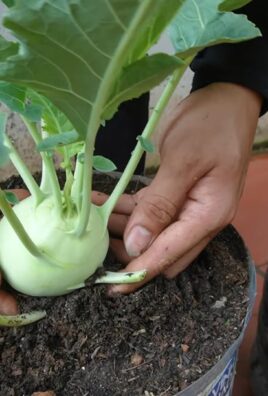
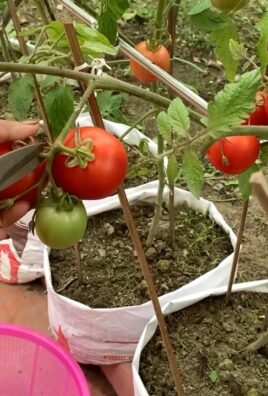
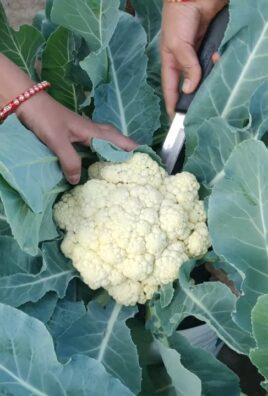
Leave a Comment